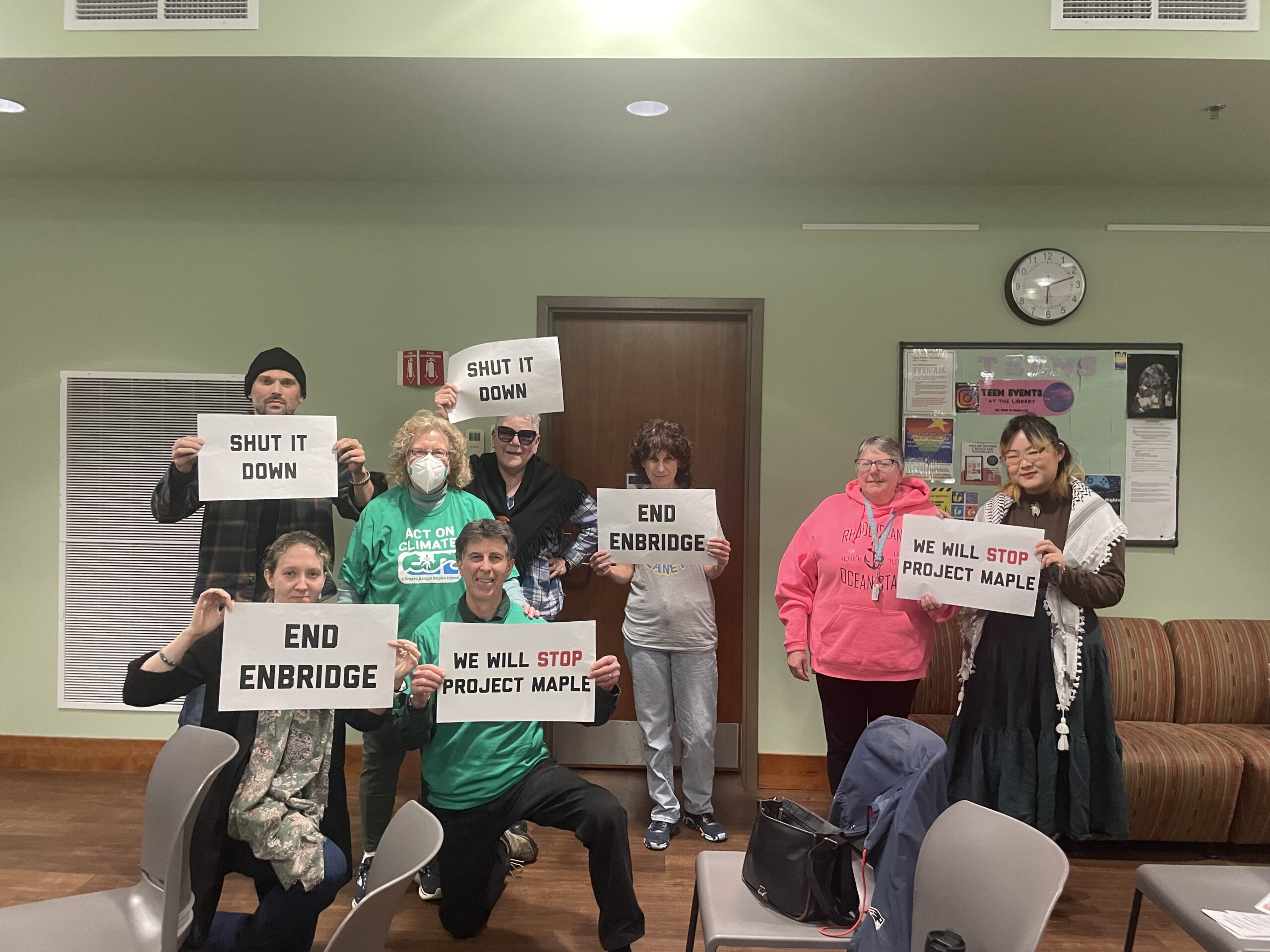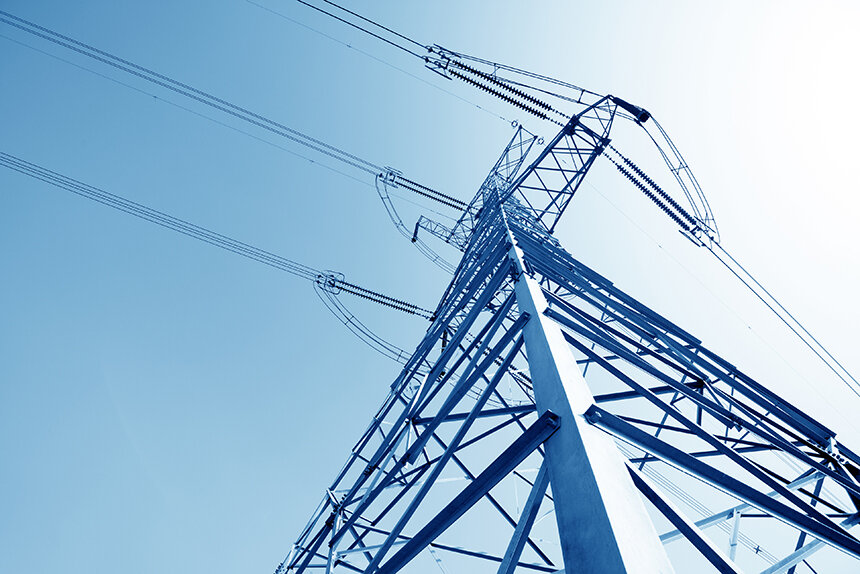How Will R.I. Deal with New Federal Clean Power Plan?
August 19, 2015
Rhode Island is in good shape when it comes to meeting the emissions reductions set earlier this month by President Obama. As one of nine Northeast states in a cap-and-trade energy program, Rhode Island is on track to meet its power plant emission-reduction targets by 2020, 10 years ahead of the deadline set by the Clean Power Plan.
The Regional Greenhouse Gas Initiative (RGGI) deserves much of the credit for the state’s speedy progress. Since 2009, the consortium has run a cap-and-trade market that incentivizes power plants — Rhode Island has five — to either cut carbon dioxide emissions or pay to pollute. Funds raised from auctioning off pollution allowances go back to the states and fund energy-efficiency and renewable energy projects, such as solar panels for schools and other programs that cut greenhouse gas emissions.
Under the recently adopted Clean Power Plan mandates, states are expected to cut carbon emissions from power plants 32 percent of 2005 levels by 2030.
Rhode Island has a goal to cuts its emissions to about 3.5 million tons annually. Determining where that figure is now is unclear, because of the state’s regional participation in the power grid and RGGI, but it is on track to cut its 2005 emissions in half by 2020, according to state officials.
States have until September 2016 to come up with a plan to reduce carbon emissions. They can file an extension until 2018. If they don’t comply, the Environmental Protection Agency (EPA) will enact plans for them. Emission reductions must begin by 2022.
States are encouraged to use a series of methods: carbon pricing, collaboration with other states, shift from coal to natural gas, use more renewable energy. The EPA has estimated that the plan will grow renewable energy production nationwide from 5 percent to 28 percent of electricity generation.
The environmental community has praised the plan, and National Grid is a supporter. Rhode Island was one of 17 states and cities that sent the EPA a letter of support for the Clean Power Plan.
Critics, however, say paying for power plant improvements and renewable energy incentives will increase electric bills.
The Wall Street Journal has said “states should refuse to comply with Obama’s lawless power rule.” The coal mining states of West Virginia, Kentucky and Wyoming have filed legal action to delay the proposal. They, along with Alabama, Arkansas, Florida, Indiana, Kansas, Louisiana, Michigan, Nebraska, Ohio, Oklahoma, South Dakota, and Wisconsin, say the EPA doesn’t have the authority to carry it out.
The Union of Concerned Scientists (UCS) argues that the shift to natural gas increases water and air pollution caused by hydraulic fracturing (fracking). Distribution and storage of fracked gas leads to more methane leaks, according to the organization. Natural gas price spikes also will cause price increases for utility customers.
The UCS, however, praises the plan for not allowing states to simply replace high-polluting fossil fuel plants with new natural gas power plants and instead places more focus on renewable energy.
What does it mean for Rhode Island? The state will likely reach its reduction goal simply by continuing its participation in RGGI. Its Clean Power Plan will be submitted to the EPA as part of a nine-state plan. State officials say all RGGI states will seek an extension and submit the plan by 2018.
Rhode Island’s Executive Climate Change Coordinating Council is addressing all other carbon emissions, including those from the transportation sector.
In addition to the cutting carbon emissions, the Clean Power Plan goes after other air pollutants. Rhode Island, as a downwind state from coal-burning states such as Ohio and Kentucky, is expected to see fewer ozone days and other pollution-related health benefits.
Gas and coal each account for about 30 percent of U.S. electricity generation. In Rhode Island, natural gas generates nearly all of the state’s electricity. None comes from coal.
The shift from natural gas to renewables will be gradual but deliberate, according to state energy officials. Sen. Sheldon Whitehouse, D-R.I., said natural gas will serve as a “backstop” until renewable energy increases. In the meantime, he said efforts must be made to reduce methane leakage from fracking and natural gas pipelines.
Whitehouse and state officials say any near-term increase in cost for more renewable energy and reducing emissions will be smaller compared to the long-term savings from energy efficiency and the declining costs for wind and solar power. The EPA estimates that the average family will save $85 annually on its electric bill starting in 2030.
Whitehouse also maintains that a tax on carbon fuels is the best method for addressing all climate-change emissions. “So the rate goes up a little, the use goes down more and what the consumer sees is a smaller check that they write for their electric use every month,” he said.
Categories
Join the Discussion
View CommentsRecent Comments
Leave a Reply
Related Stories
Your support keeps our reporters on the environmental beat.
Reader support is at the core of our nonprofit news model. Together, we can keep the environment in the headlines.
We use cookies to improve your experience and deliver personalized content. View Cookie Settings




So no coal generates electricity for RI but I can see the Brayton Point Electric from my back yard.
With renewable energy, I’m going to pay more now but I will save $85 a year fifteen years from now.
Increase taxes, that’s the answer. Rates need to go up, I can then afford to pay less so I use less and that will make me a happier person, and, my monthly payout will be 0.58% smaller in 2030.
How come I’m not buying all this?
Will I lose my job because my company moves out of state for cheap electric?
How can I compete with other companies if they can produce their products cheaper than me?
Jay Carr
Jay Carr: It sounds like you are expressing a great deal of FUD (Fear Uncertainty Doubt) rather than facts, science, and policy research…and Brayton Point is already slated to close for good in 2017, so then there will be no more coal plants in the entire Southern New England region…and that’s a good thing. 🙂